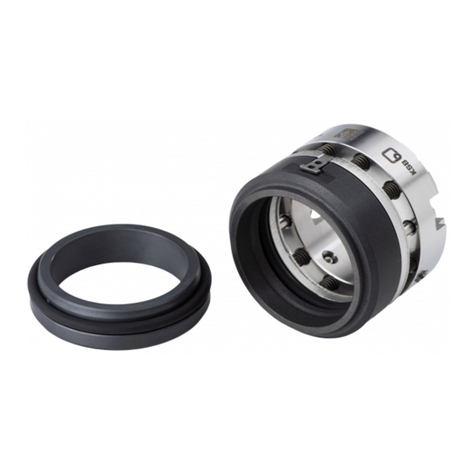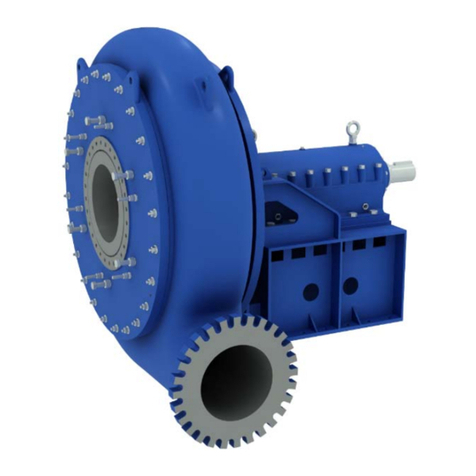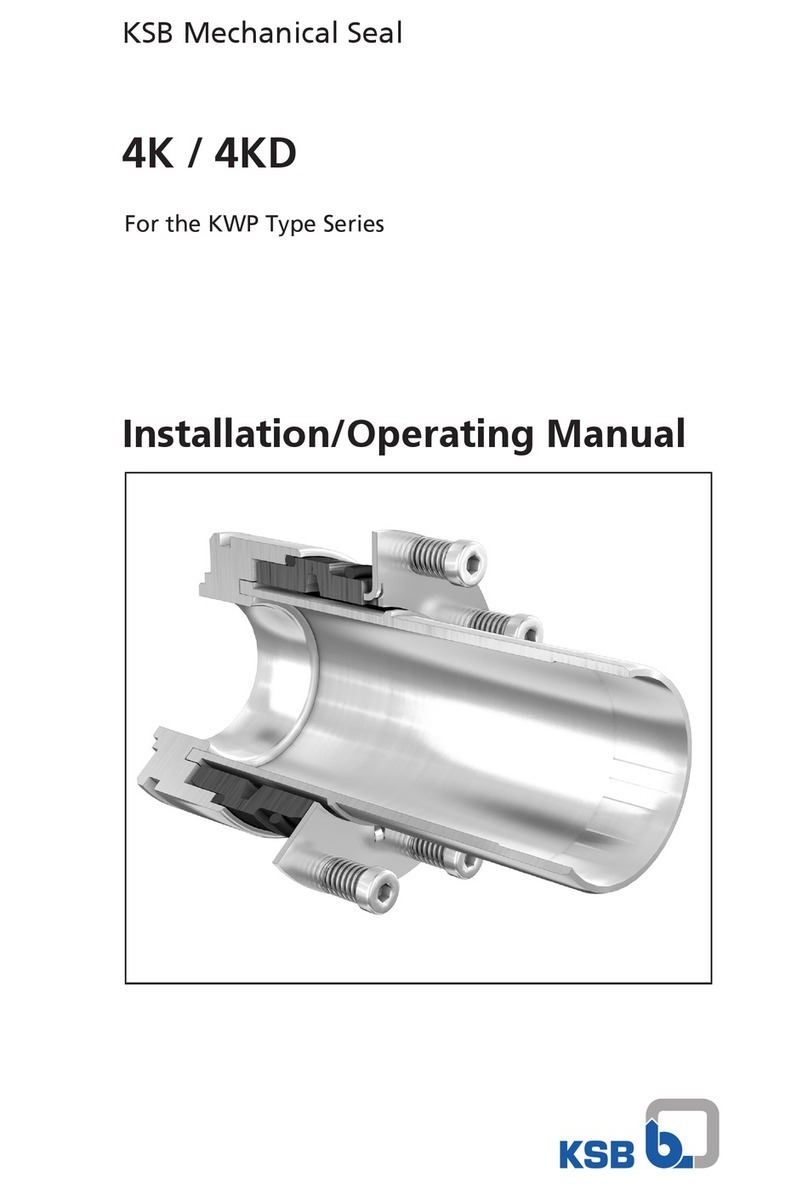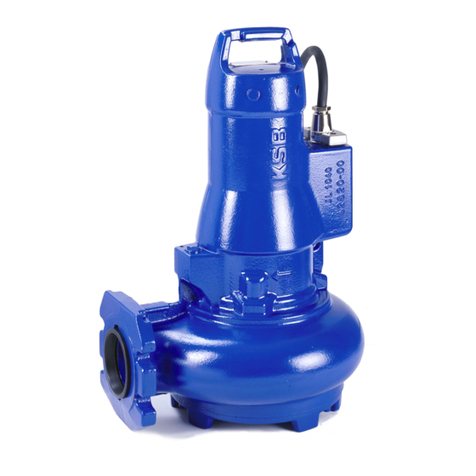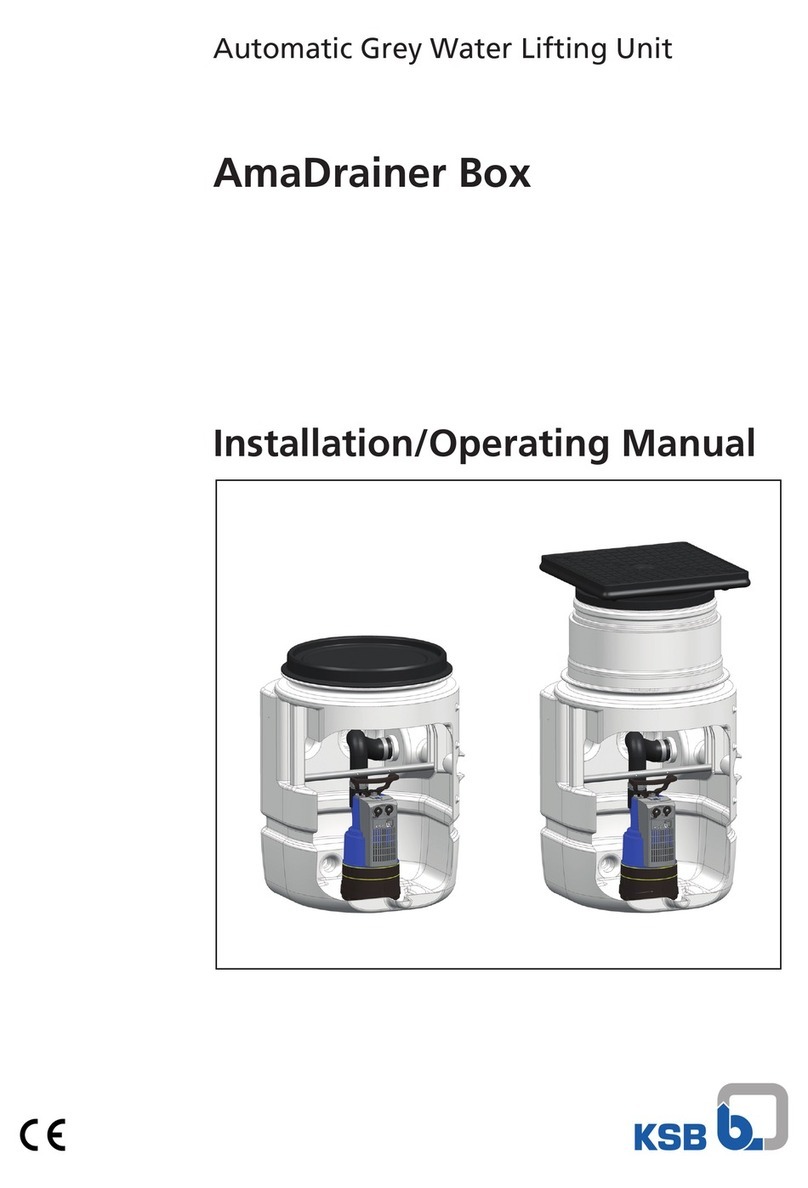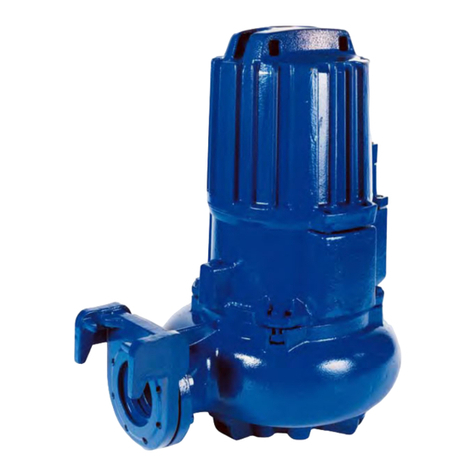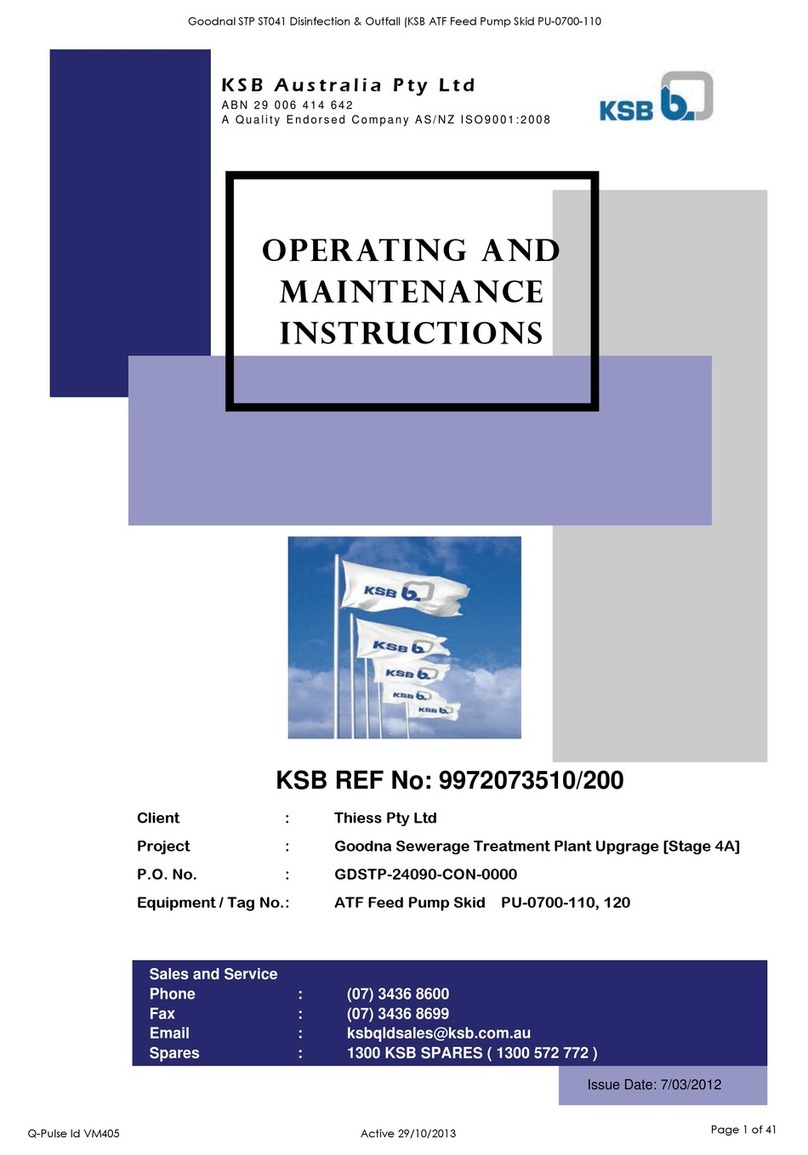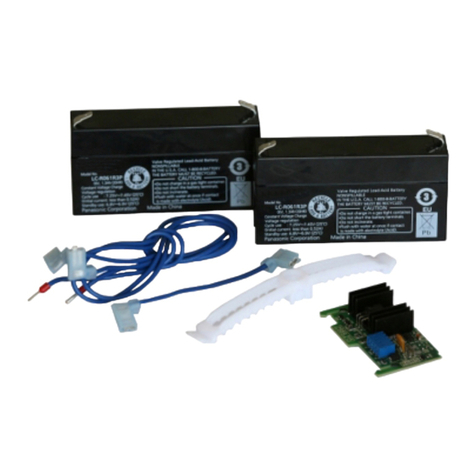Contents
3 of 24
Hyper
Contents
1 General.................................................................................................................................................... 4
1.1 Principles ...........................................................................................................................................................4
1.2 Target group.....................................................................................................................................................4
1.3 Other applicable documents............................................................................................................................4
1.4 Symbols .............................................................................................................................................................4
1.5 Key to safety symbols/markings.......................................................................................................................4
2 Safety...................................................................................................................................................... 6
2.1 General..............................................................................................................................................................6
2.2 Intended use .....................................................................................................................................................6
2.3 Personnel qualification and personnel training.............................................................................................6
2.4 Consequences and risks caused by non-compliance with this manual .........................................................6
2.5 Safety awareness ..............................................................................................................................................7
3 Transport/Temporary Storage/Disposal............................................................................................... 8
3.1 Checking the condition upon delivery............................................................................................................8
3.2 Transport...........................................................................................................................................................8
3.3 Storage..............................................................................................................................................................8
3.4 Disposal .............................................................................................................................................................9
4 Description............................................................................................................................................ 10
4.1 General description ........................................................................................................................................10
4.2 Designation.....................................................................................................................................................10
4.3 Name plate......................................................................................................................................................10
4.4 Design details..................................................................................................................................................11
4.5 Technical data.................................................................................................................................................11
4.6 Configuration and function...........................................................................................................................12
4.7 Scope of supply...............................................................................................................................................12
4.8 Accessories ......................................................................................................................................................12
5 Installation at Site................................................................................................................................ 13
5.1 Safety regulations...........................................................................................................................................13
5.2 Checks to be carried out prior to installation...............................................................................................13
5.3 Electrical connection ......................................................................................................................................14
6 Commissioning/Start-up/Shutdown................................................................................................... 16
6.1 Commissioning/Start-up.................................................................................................................................16
6.2 Shutdown........................................................................................................................................................17
6.3 Returning to service .......................................................................................................................................17
7 Servicing/Maintenance........................................................................................................................ 18
7.1 Maintenance...................................................................................................................................................18
8 Trouble-shooting.................................................................................................................................. 19
9 Related Documents.............................................................................................................................. 20
9.1 Wiring diagram...............................................................................................................................................20
10 EU Declaration of Conformity............................................................................................................. 21
Index ..................................................................................................................................................... 22
